I’ve spent many years immersed in the world of TPR (thermoplastic rubber) compounding, extrusion, and injection molding. In that time, I’ve helped clients from toys to automotive seals troubleshoot everything from sticky flow lines to unexpected brittleness. But one question pops up with surprising frequency, even from experienced processors:
“Why does my semi-transparent TPR turn cloudy or opaque after injection molding?”
It’s a fair question. On paper—or even when inspecting the raw pellets—these materials promise a level of translucency. Yet once molded, the finished parts often come out looking disappointingly milky, hazy, or just plain dull.
Let me break this down with some hard-earned shop-floor insights, so you can understand what’s going on, and more importantly, what you can do about it.
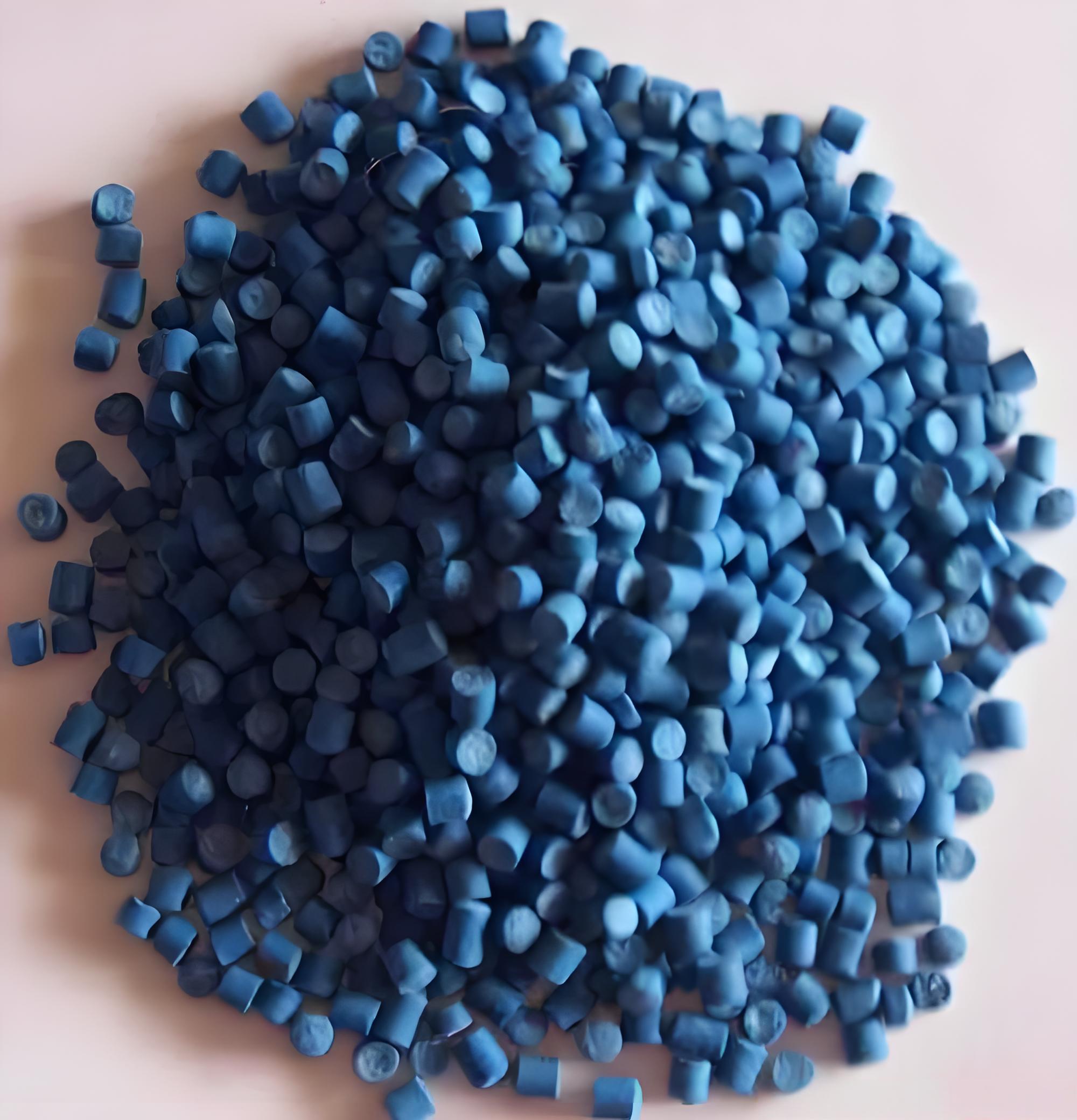
What’s Really Going On Here?
If someone is searching “why is TPR semi-transparent material not transparent after injection molding,” they’re usually in the middle of production or prototyping, expecting a nicely clear or at least evenly translucent part. Instead, they’re getting:
A cloudy finish
Inconsistent haze or streaks
Sometimes even a chalky surface that looks distinctly different from the granules they started with
This mismatch often causes big headaches—especially if the part needs to show underlying details (like LED lights, embossed patterns, or embedded electronics).
The Core Reasons: From My Experience
1. Internal Crystallinity & Polymer Phase Separation
Many TPRs are blends of SEBS, SBS, or TPU with polypropylene or polyethylene. These are multi-phase systems. The polymer chains naturally try to separate at the microscopic level—especially if the cooling rate is too slow or too fast.
When that happens:
Light scatters through the material, creating a cloudy appearance.
The originally semi-transparent nature gets lost to micro-phase domains.
The tricky part is that the same formulation can look more or less transparent just depending on your cooling profile.
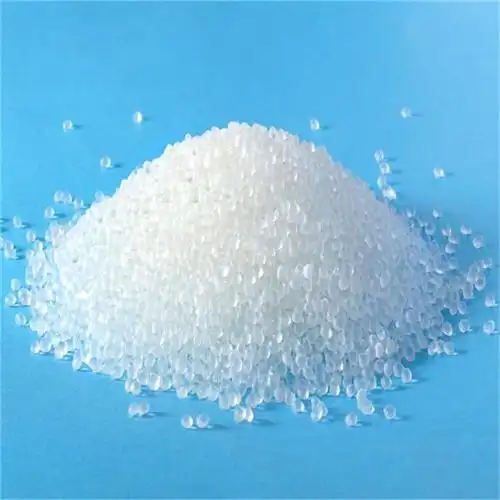
2. Fillers & Oils
Some TPRs include mineral oils or paraffinic/naphthenic oils for softness, or calcium carbonate to reduce cost.
| Additive Used | Typical Reason Added | Impact on Transparency |
|---|---|---|
| Mineral oils | Softening, flexibility | Can migrate, cause haze |
| CaCO₃ fillers | Lower cost, improve stiffness | Adds opacity |
| Pigments | Color tuning | Obvious light blockage |
3. Processing Conditions
This is where most of the surprises come from. From my years troubleshooting injection molding lines, I’ve seen three primary culprits:
Melt Temperature Too Low
If the melt isn’t fully homogenized, micro-gels form. These scatter light and produce a cloudy part.
Injection Speed & Pressure
Shear stress impacts how well the polymer phases disperse. Too fast or too slow can both lead to uneven morphology.
Mold Temperature & Cooling Rate
Cooling too quickly can “freeze” polymer phases before they mix. Cooling too slowly can allow large domains to grow.
It’s a delicate balancing act. Sometimes just tweaking mold temp by ±5°C dramatically changes the final look.
4. Moisture & Volatiles
While TPRs are less moisture-sensitive than materials like nylon, humidity still matters. Residual moisture or volatiles from the oil phase can cause micro-bubbles, giving a frosty or white look after molding.
I’ve found that for certain soft grades, even a short pre-dry at 60–70°C for 1–2 hours improves clarity.
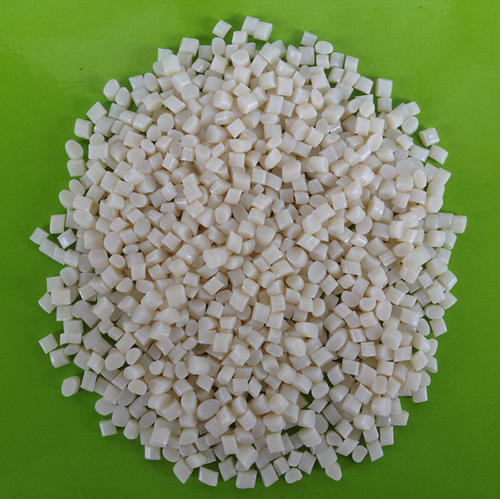
A Real Case From My Shop
Not long ago, I worked with a client producing clear TPR caps for cosmetic packaging. Their raw material was rated as “translucent SEBS-based TPR,” yet molded parts looked like semi-opaque milk plastic.
We ran a series of trials:
Increased melt temp by +10°C (from 180°C to 190°C).
Increased mold temp from 20°C to 35°C.
Boosted injection speed slightly to ensure complete cavity fill.
The result? The parts went from a dull haze to a much more uniform, pleasing semi-transparency. Still not glass-clear—because that’s often unrealistic with most TPR blends—but dramatically improved.
How to Troubleshoot It: My Practical Recommendations
| Symptom Observed | Likely Cause | What to Adjust |
|---|---|---|
| Cloudy, uneven haze | Polymer phase separation | Check melt & mold temps, injection speed |
| Milky overall appearance | Fillers or oil mismatch | Ask supplier for lower-oil grade |
| Bubbles or frosty spots | Moisture or volatiles | Dry pellets, slow down injection |
| Chalky surface | Too rapid cooling at mold wall | Raise mold temp slightly |
I can’t stress this enough: most commercial TPRs that are labeled “semi-transparent” will never look like optical-grade PMMA (acrylic) or PC.
Their very structure—a flexible rubber phase dispersed in a thermoplastic matrix—means some light scattering is inevitable. That’s the tradeoff for softness and elasticity.
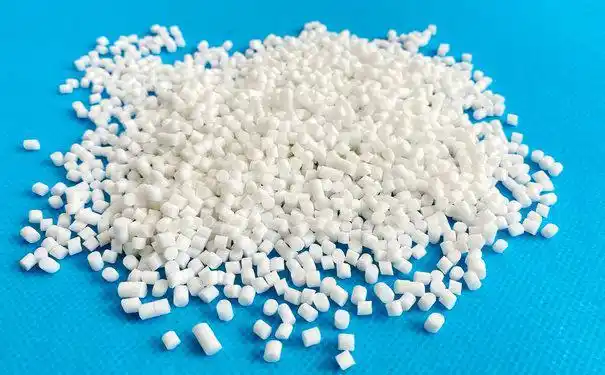
Other Tips I’ve Learned Along the Way
Use smooth, polished mold surfaces. Micro scratches scatter light dramatically in semi-transparent parts.
Avoid sharp corners. Thicker areas cool slower, so you often see opacity gradients there.
Work closely with your supplier. Many can tweak oil content or suggest alternate formulations with better refractive index matching.
Sometimes we even test 2-3 grades side by side under identical process settings, just to pick the one that balances softness vs. translucency best.
Frequently Asked Questions (Q&A)
Q: Can I make TPR fully transparent by adjusting the process?
A: Unfortunately, no. If you need true optical clarity, TPR is the wrong family. Look at transparent TPUs or specific copolyesters. You can improve haze slightly, but complete transparency is not realistic.
Q: Will slowing down the cooling always improve transparency?
A: Not always. Sometimes slower cooling allows larger phase domains to grow, making haze worse. It really depends on the polymer chemistry—worth running tests.
Q: Is moisture drying mandatory for TPR?
A: Usually not mandatory, but I’ve found that even slight moisture pre-drying helps consistency, especially for glossy or semi-transparent finishes.
Q: Can I use higher mold temp to fix haze?
A: Often yes—but watch for cycle time impact. Higher mold temps mean slower solidification, which might cut productivity.
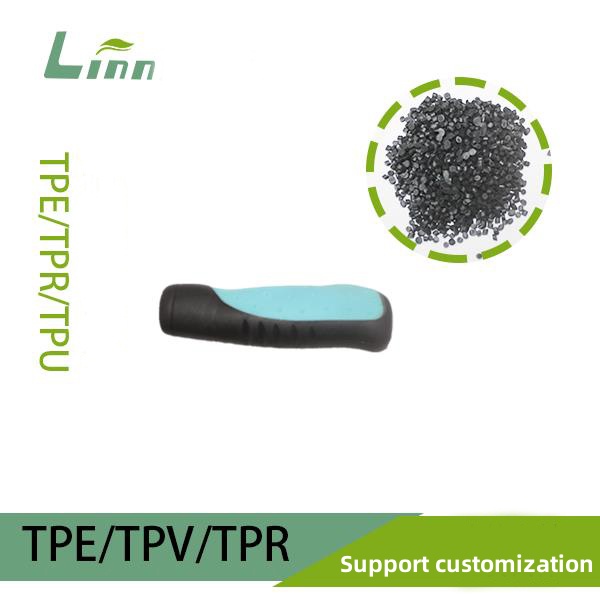
Wrapping It All Up
At the end of the day, TPR is a wonderfully versatile material, balancing rubbery feel with thermoplastic processability. But it does come with quirks—chief among them being how its inherent multi-phase structure scatters light, leading to reduced transparency after molding.
Through a careful mix of:
Choosing the right grade
Dialing in melt and mold temps
Tweaking injection speed and pressure
Maintaining a polished tool surface
you can often get pretty good semi-transparency. But always keep in mind the fundamental material limits—don’t promise your customer “glass clear” if you’re running a SEBS-PP system.





